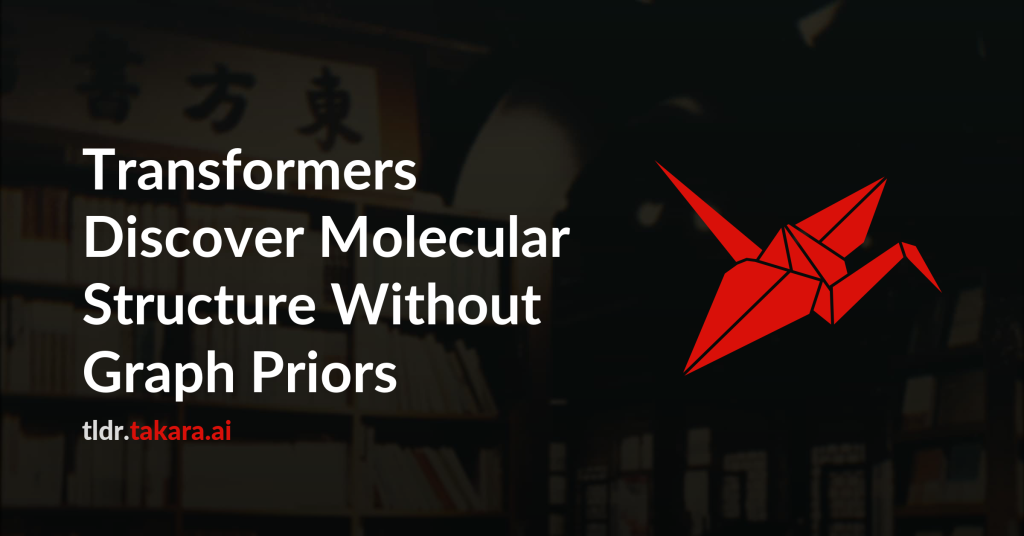Graph Neural Networks (GNNs) are the dominant architecture for molecular
machine learning, particularly for molecular property prediction and machine
learning interatomic potentials (MLIPs). GNNs perform message passing on
predefined graphs often induced by a fixed radius cutoff or k-nearest neighbor
scheme. While this design aligns with the locality present in many molecular
tasks, a hard-coded graph can limit expressivity due to the fixed receptive
field and slows down inference with sparse graph operations. In this work, we
investigate whether pure, unmodified Transformers trained directly on Cartesian
coordinates$\unicode{x2013}$without predefined graphs or physical
priors$\unicode{x2013}$can approximate molecular energies and forces. As a
starting point for our analysis, we demonstrate how to train a Transformer to
competitive energy and force mean absolute errors under a matched training
compute budget, relative to a state-of-the-art equivariant GNN on the OMol25
dataset. We discover that the Transformer learns physically consistent
patterns$\unicode{x2013}$such as attention weights that decay inversely with
interatomic distance$\unicode{x2013}$and flexibly adapts them across different
molecular environments due to the absence of hard-coded biases. The use of a
standard Transformer also unlocks predictable improvements with respect to
scaling training resources, consistent with empirical scaling laws observed in
other domains. Our results demonstrate that many favorable properties of GNNs
can emerge adaptively in Transformers, challenging the necessity of hard-coded
graph inductive biases and pointing toward standardized, scalable architectures
for molecular modeling.

